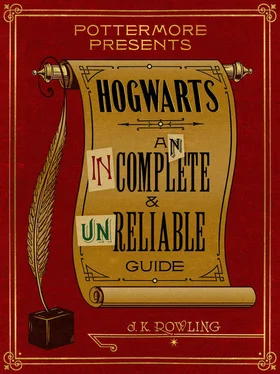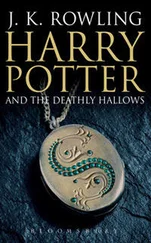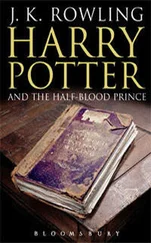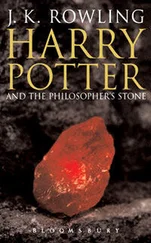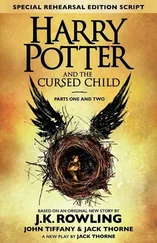CHAPTER THREE
THE CASTLE AND GROUNDS
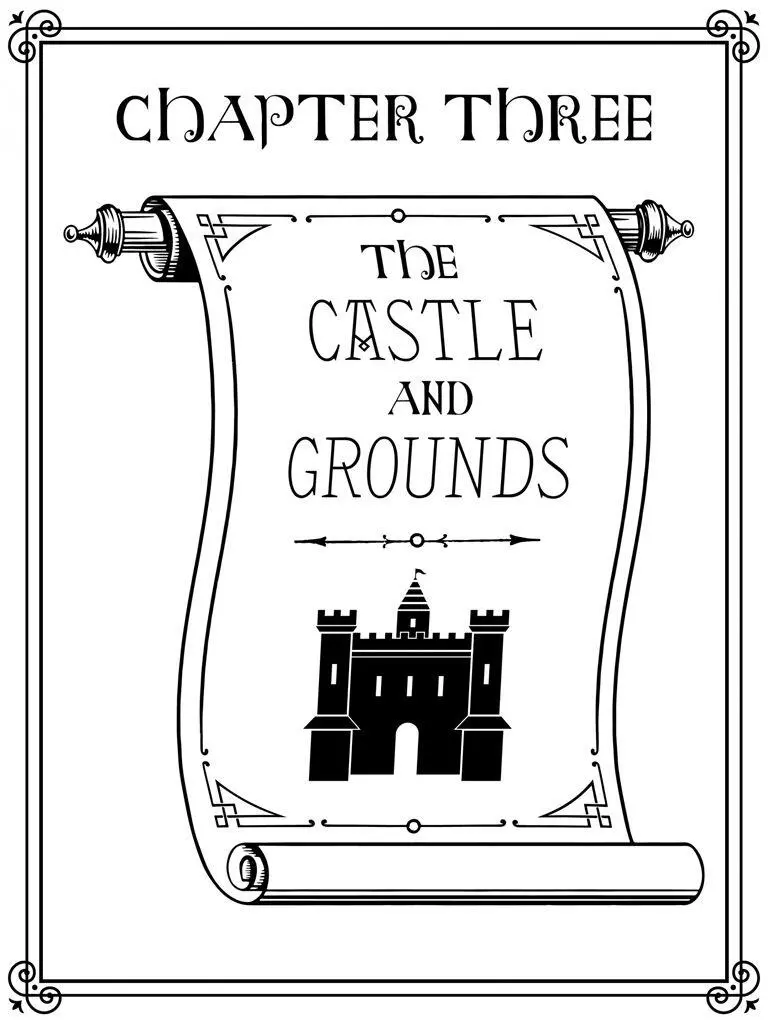

Hogwarts is a magical, enchanting and grand labyrinth with dungeons and towers, a foul-tempered tree, a sprawling lake full of merpeople, and grounds that are home to magical creatures. Let’s start with a place Harry Potter never visited himself: the Hufflepuff Common Room, where the kind at heart rest their hard-working heads.
Hufflepuff Common Room
by J.K. Rowling

The Hufflepuff common room is entered from the same corridor as the Hogwarts kitchens. Proceeding past the large still life that forms the entrance to the latter, a pile of large barrels is to be found stacked in a shadowy stone recess on the right-hand side of the corridor. The barrel two from the bottom, middle of the second row, will open if tapped in the rhythm of ‘Helga Hufflepuff’. [1] The complexity or otherwise of the entrance to the common rooms might be said to give a very rough idea of the intellectual reputation of each house: Hufflepuff has an unchanging portal and requires rhythmic tapping; Slytherin and Gryffindor have doorways that challenge the would-be entrant about equally, the former having an almost imperceptible hidden entrance and a varying password, the latter having a capricious guardian and frequently changing passwords. In keeping with its reputation as the house of the most agile minds at Hogwarts, the door to the Ravenclaw common room presents a fresh intellectual or philosophical challenge every time a person knocks on it.
As a security device to repel non-Hufflepuffs, tapping on the wrong barrel, or tapping the incorrect number of times, results in one of the other lids bursting off and drenching the interloper in vinegar.
A sloping, earthy passage inside the barrel travels upwards a little way until a cosy, round, low-ceilinged room is revealed, reminiscent of a badger’s set. The room is decorated in the cheerful, bee-like colours of yellow and black, emphasised by the use of highly polished, honey-coloured wood for the tables and the round doors that lead to the boys’ and girls’ dormitories (furnished with comfortable wooden bedsteads, all covered in patchwork quilts).
A colourful profusion of plants and flowers seem to relish the atmosphere of the Hufflepuff common room: various cacti stand on wooden circular shelves (curved to fit the walls), many of them waving and dancing at passers-by, while copper-bottomed plant holders dangling amid the ceiling cause tendrils of ferns and ivies to brush your hair as you pass under them.
A portrait over the wooden mantelpiece (carved all over with decorative dancing badgers) shows Helga Hufflepuff, one of the four founders of Hogwarts School, toasting her students with a tiny, two-handled golden cup. Small, round windows just level with the ground at the foot of the castle show a pleasant view of rippling grass and dandelions, and, occasionally, passing feet. These low windows notwithstanding, the room feels perennially sunny.
Nevertheless, it ought not to be concluded from the above that Hufflepuffs are dimwits or duffers, though they have been cruelly caricatured that way on occasion. Several outstanding brains have emerged from Hufflepuff House over the centuries; these fine minds simply happened to be allied to outstanding qualities of patience, a strong work ethic and constancy, all traditional hallmarks of Hufflepuff House.
J.K. Rowling’s thoughts
When I first planned the series, I expected Harry to visit all four house common rooms during his time at Hogwarts. There came a point when I realised that there was never going to be a valid reason to enter the Hufflepuff room. Nevertheless, it is quite as real to me as the other three, and I always knew exactly where those Hufflepuffs were going when they headed off towards the kitchens after lessons.

Harry may never have been to the Hufflepuff common room, but he did end up in possession of a foolproof way of finding his way around the rest of the castle. Fred and George Weasley gave him something James Potter and his friends made when they were at school – the Marauder’s Map. ‘I solemnly swear that I am up to no good’.
The Marauder’s Map
by J.K. Rowling

Perhaps no students (even including Harry Potter, Ron Weasley, Hermione Granger and Tom Riddle) have ever explored the castle and grounds of Hogwarts as thoroughly and illicitly as the four creators and contributors to the Marauder’s Map: James Potter, Sirius Black, Remus Lupin and Peter Pettigrew.
James, Sirius and Peter were not initially impelled to explore the school grounds by night out of devilment alone (though that played its part), but by their desire to help their dear friend Remus Lupin to bear his lycanthropy. Prior to the invention of the Wolfsbane Potion, Lupin was compelled to undergo an excruciating transformation every full moon. Once his condition was discovered by his three best friends, they sought a way to render his transformations less solitary and painful, which led to them learning to become (unregistered) Animagi, so that they could keep him company without harm to themselves. The ability of Sirius Black, Peter Pettigrew and James Potter to become, respectively, a dog, a rat and a stag, enabled them to explore the castle grounds by night undetected. The interior of the castle, meanwhile, was mapped over time with the help of James Potter’s Invisibility Cloak.
The Marauder’s Map is lasting testimony to the advanced magical ability of the four friends who included Harry Potter’s father, godfather and favourite teacher. The map they created during their time at Hogwarts appears to be a blank piece of parchment unless activated by the phrase: ‘I solemnly swear that I am up to no good’, a phrase that, in the case of three of the four makers, should be understood as a joke. The ‘no good’ of which they wrote never denoted Dark magic, but school rule-breaking; similar bravado is evinced by their use of their own nicknames on the map (‘Messrs Moony, Wormtail, Padfoot and Prongs’).
The magic used in the map’s creation is advanced and impressive; it includes the Homonculous Charm, enabling the possessor of the map to track the movements of every person in the castle, and it was also enchanted to forever repel (as insultingly as possible) the curiosity of their nemesis, Severus Snape.
Although the precise circumstances surrounding the makers’ loss of their map are not given in the Harry Potter novels, it is easy to conclude that they eventually over-reached themselves and were cornered by Argus Filch, probably on a tip-off from Snape, whose obsession it had become to expose his arch-rival, James Potter, in wrong-doing. The masterpiece of a map was confiscated in Sirius, James, Remus and Peter’s final year, and none of them were able to steal it back from a well-prepared and suspicious Filch. In any case, their priorities changed in their final months at school, becoming far more serious and focused on the world beyond Hogwarts, where Lord Voldemort was successfully rising to power. All four of the map’s creators would shortly be inducted into the renegade organisation headed by Albus Dumbledore, the Order of the Phoenix, and a map of their old school – no matter how ingenious – would no longer be of use to them except as a piece of nostalgia.
Читать дальше
